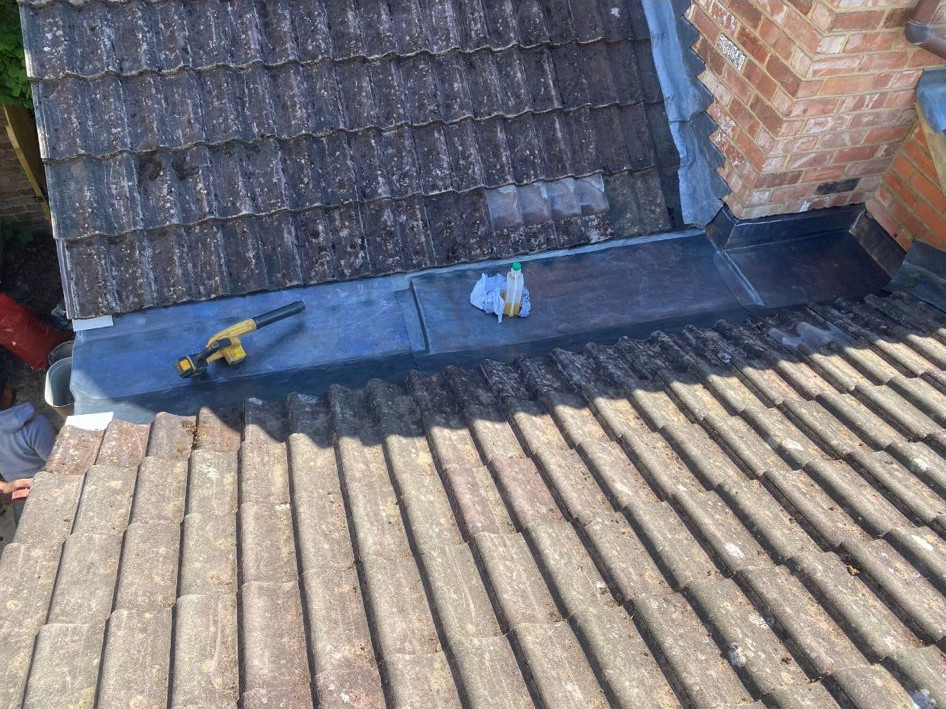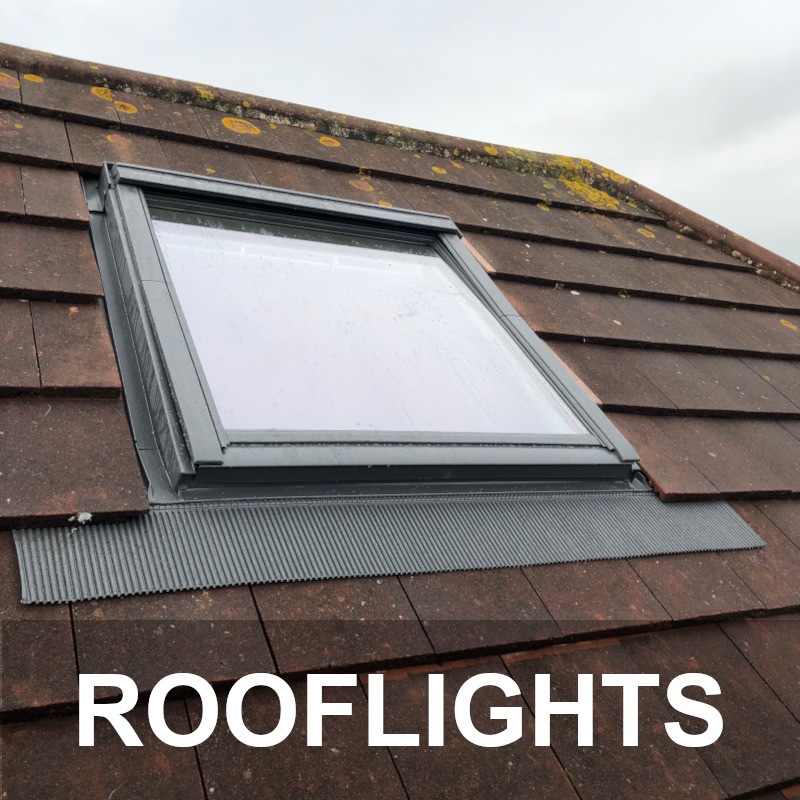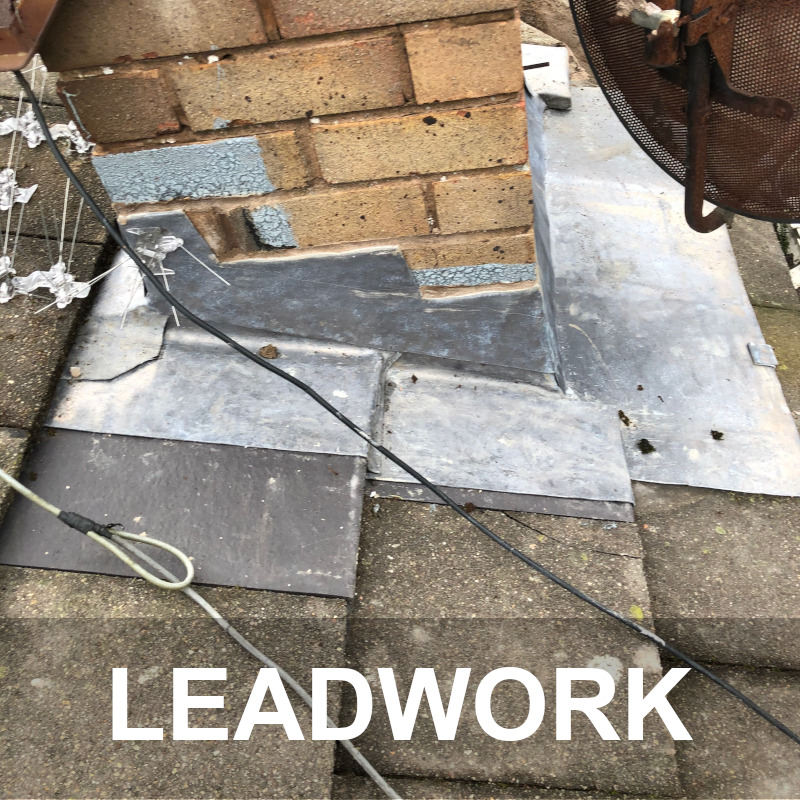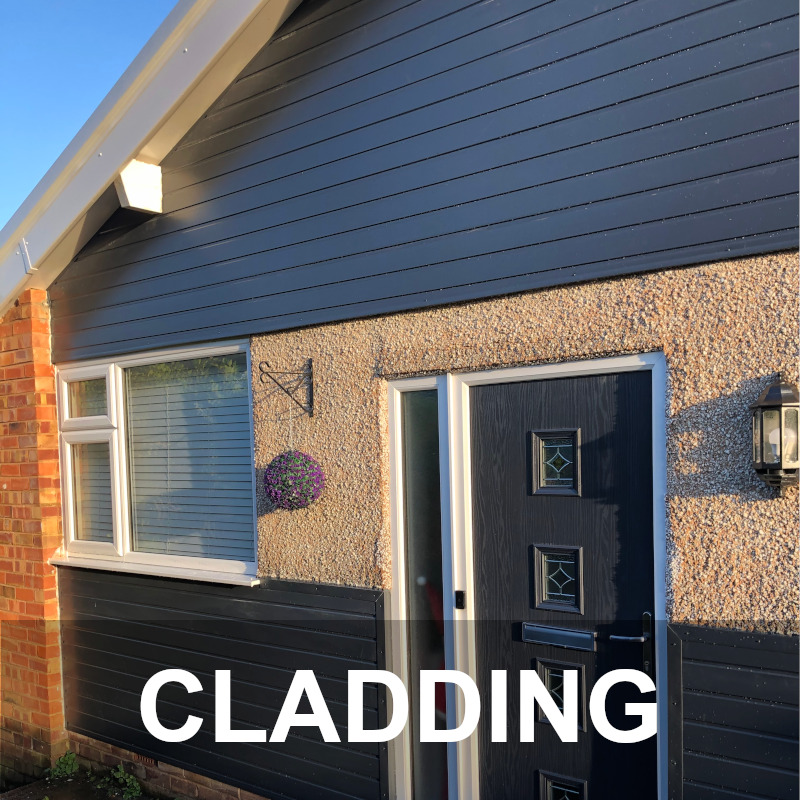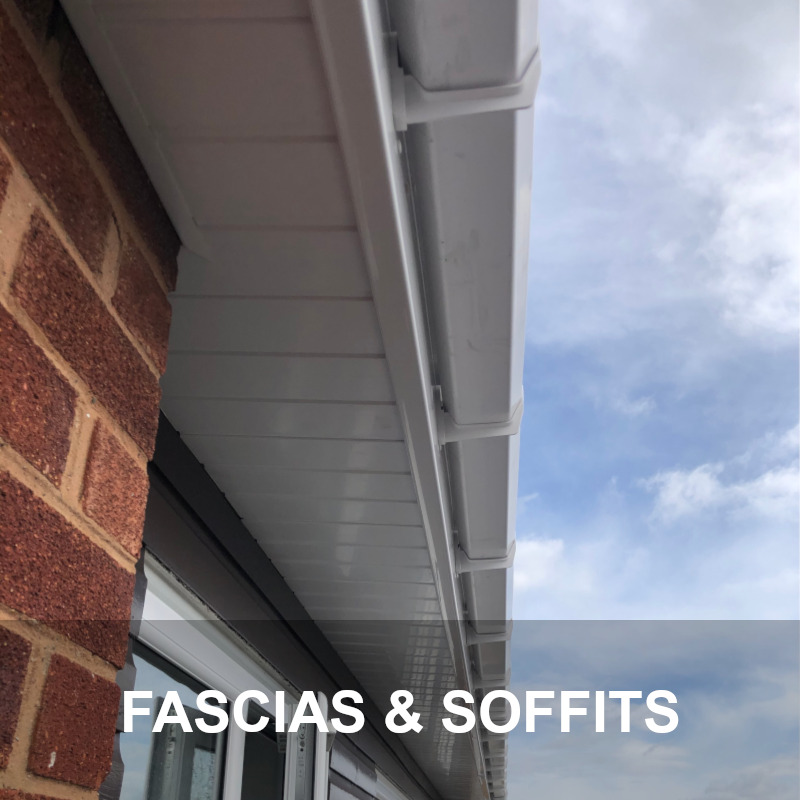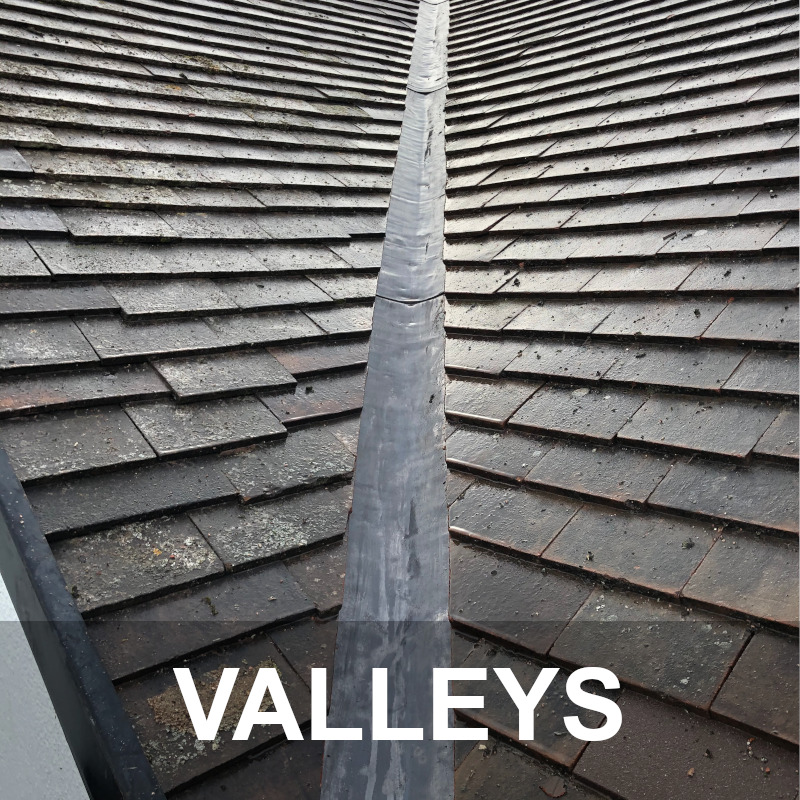
Majestic Roofing Contractors

Majestic Roofing Contractors


Leadwork
Chimney flashings
Two grades of leadwork are regularly used on roofs: Code 4 quality and the thicker Code 5 quality.
Code 4 quality is used for applications such as leadwork flashings and soakers at the base of chimneys where the brick or stonework of the chimney passes through the slates or tiles of the roof.
Depending on the type of roof covering lead 'soakers' will first be installed and interleaved between the slates or tiles. Lead flashings are then incised into the brickwork joints and either positioned over the slates or tiles, or under the slates/tiles and over the soakers.
Dressing leadwork so that it does not crack or leak is both a skill and an art. Make sure you only employ a trusted tradesman to do the work.
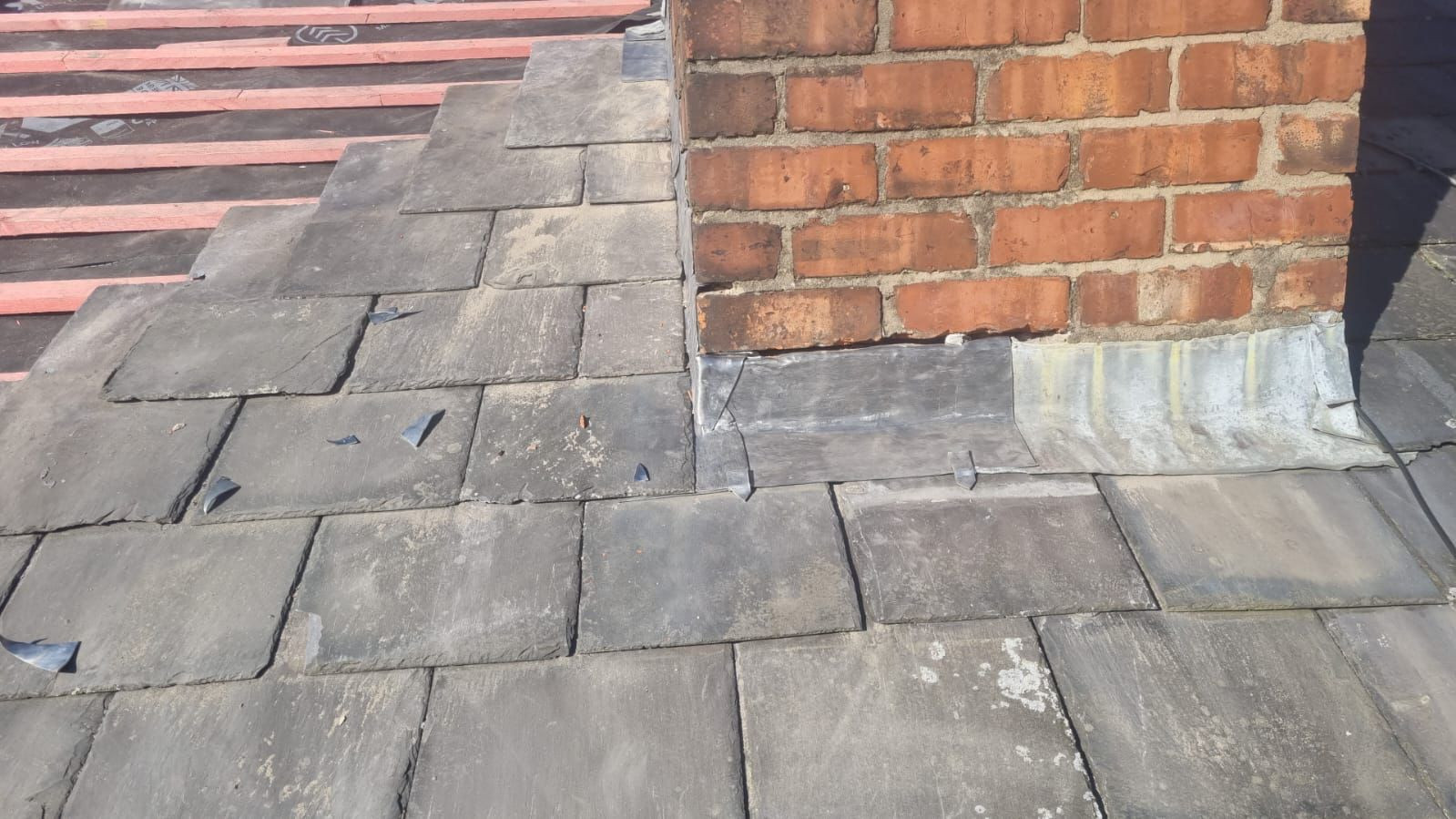
Image showing the skill and attention to detail neceesary to fabricate a properly waterproof junction between a chinmey and a pantile roof.
Valley leadwork
Image shows the replacement of a leaking horizontal box valley on a tiled roof in Altrincham.
Sequence of work: remove first row of tiles in order to peel off existing lead. Then install a stepped and sloping base board to ensure the rainwater flows to downpipe hopper and does not pool.
Fabricate a new Code 5 quality lead tray lapped under the first row of roof tiles. Grind out brickwork joint in order to incise the lead into the chimney brickwork and seal with clear silicone sealant.
Finally, lap new leadwork under the existing chimney flashing and replace the roof tiles.
